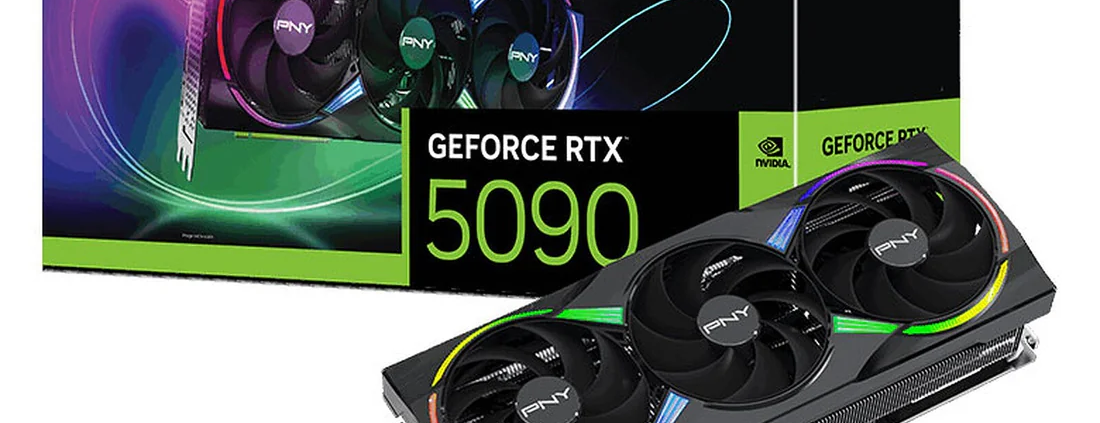GPUs Explained: From Gaming Graphics to AI Acceleration
Graphics Processing Units, better known as GPUs, have become one of the most vital parts of modern computing. While many users associate them primarily with gaming, GPUs today fuel a wide range of industries, from artificial intelligence and video editing to scientific research. For enthusiasts and professionals in Pakistan, staying updated on performance benchmarks and graphics card price in Pakistan is key to making informed buying decisions.
A Brief History of GPUs
The story of GPUs began with the need for better visuals in early PC games. Initially, central processing units (CPUs) handled most graphical workloads, but as games became more advanced, a specialized processor was needed. This gave rise to dedicated graphics cards, capable of handling 2D and later 3D rendering.
Over the past two decades, GPUs have transformed into highly parallel computing devices, equipped with thousands of cores. Unlike CPUs, which are designed for sequential processing, GPUs excel at handling multiple tasks simultaneously, making them perfect for graphics, AI workloads, and complex simulations.
Gaming: The Driving Force of GPU Evolution
Gaming remains the single biggest factor pushing GPU innovation. Every new generation of games demands higher performance, better image quality, and smoother frame rates. Today’s gamers expect features like:
- Ray Tracing: A rendering method that simulates real-world lighting and reflections, making environments look more lifelike.
- High Refresh Rates: Essential for competitive players who need smooth and responsive gameplay.
- 4K and Beyond: Modern GPUs now support ultra-high resolutions, enhancing visual detail and immersion.
This demand has fueled an ongoing battle between GPU manufacturers like NVIDIA and AMD, each striving to deliver the best balance of power, efficiency, and value.
Performance Tiers: Choosing the Right GPU
Not all GPUs serve the same purpose, and understanding performance tiers is critical.
- Entry-Level GPUs: Good for casual gamers and general users who need improved visuals without breaking the bank.
- Mid-Range GPUs: Ideal for most gamers, capable of running modern titles at 1080p or 1440p with strong performance.
- High-End GPUs: Targeted at enthusiasts, creators, and professionals who demand the best performance across gaming, VR, and creative workloads.
The high-end market, in particular, is home to GPUs like NVIDIA’s 40-series, which deliver groundbreaking performance. For example, those monitoring the rtx 4080 price in Pakistan can get a clear sense of where premium models stand in terms of affordability and accessibility in the local market.
Beyond Gaming: The Wider Role of GPUs
The true strength of GPUs lies in their versatility. Today, they’re used across industries for tasks that require massive computational power:
- Artificial Intelligence: GPUs accelerate neural network training, making breakthroughs in natural language processing, robotics, and self-driving cars possible.
- Content Creation: Video editors, 3D animators, and digital artists rely on GPUs to speed up rendering and editing workflows.
- Scientific Research: Climate modeling, physics simulations, and genetic analysis use GPU clusters to process large-scale data efficiently.
- Finance and Big Data: High-frequency trading and real-time analytics benefit from GPU-accelerated calculations.
This makes GPUs more than just gaming devices—they’re the engines of digital innovation.
The Future of GPU Technology
Several emerging trends suggest how GPUs will evolve in the coming years:
- Deeper AI Integration – GPUs will increasingly incorporate machine learning features directly into their architecture.
- Cloud Gaming Expansion – As internet infrastructure improves, cloud-based gaming may reduce the reliance on expensive local hardware.
- Hybrid Solutions – CPUs and GPUs may merge closer together, offering seamless performance for diverse tasks.
- Greater Energy Efficiency – With rising energy demands, efficiency will become a priority in future GPU designs.
- Accessibility – As technology matures, advanced GPU features will become available even in budget-friendly models.
These trends highlight the GPU’s role as a foundation for both consumer and enterprise-level computing.
Conclusion
From their origins as gaming accessories to becoming the backbone of AI, creative industries, and scientific progress, GPUs have undergone an extraordinary transformation. They now serve as versatile processors shaping the future of technology.
For users in Pakistan, platforms like Qbit provide a reliable way to follow market updates, availability, and trends. With every new generation, GPUs continue to redefine what’s possible, ensuring their place at the center of computing innovation for years to come.


Leave a Reply
Want to join the discussion?Feel free to contribute!